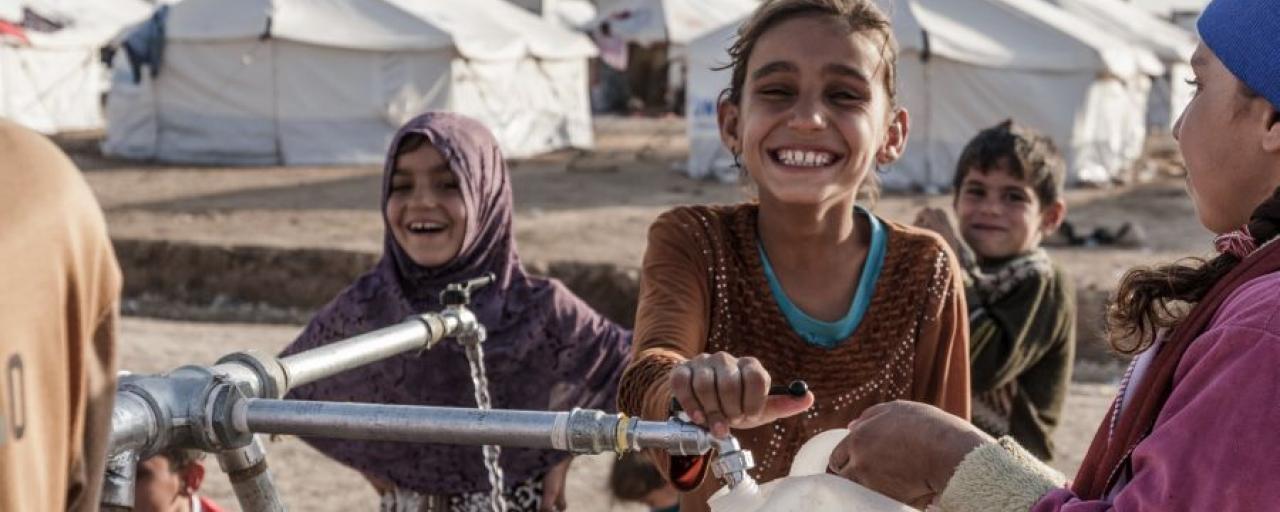It’s all too easy to forget what a miracle water is. In rich countries, clean, safe drinking water is so plentiful and easily available that we simply take it for granted. Access to clean water is a fundamental human right.
Yet around the world, billions of poor people are still facing the daily challenge of accessing safe water sources, spending countless hours queuing or trekking long distances, and coping with the health impacts of using contaminated water.
Millions get sick or die every day because they are forced go without these most basic services. Diseases from unsafe water and lack of basic sanitation kill more people each year than all forms of violence, including war, making this one of the world’s most urgent health issues.
The costs of unsafe water
2.2 billion people do not have access to clean water at home.
2.3 billion people lack access to basic sanitation services, such as toilets or latrines.
Worldwide, over 80% of all wastewater returns to the environment without being treated.
Every day, more than 800 children under five years of age die from diarrhea caused by dirty water.
700 million people worldwide could be displaced by intense water scarcity by 2030.
Water is central to almost every aspect of our work: our humanitarian responses, our campaigns, and our long-term initiatives to help families improve their incomes, reduce their vulnerability to disasters, and defend their rights.
Our work means ensuring equitable access to water in both quantity and quality, which prevents disease and sustains lives and livelihoods; reducing environmental health risks by managing sanitation safely and with dignity; and, involving women and men in managing water and sanitation resources and safe hygiene practices to maximize the benefits for their communities.
Water in emergencies
During emergencies, the water and sanitation systems that communities depend on often collapse or become enormously overtaxed. People are often traumatized, hungry, dehydrated and exhausted, and, therefore, they are more vulnerable to diseases such as diarrhea and cholera. Repairs or expansions take time, time that people who need them to stay alive don’t have. Without water, people can’t last much beyond three days.
That’s why we focus much of our emergency response on providing survivors with a safe supply of water and reducing public health risks. Our water engineers and public health specialists are known internationally for their speed and efficiency in providing large-scale water supply systems and essential sanitation facilities, even in the most difficult circumstances.
Historically, through innovation, we have set the standard across the sector for many approaches and technologies that are now commonly used, such as easy-to-assemble water storage tanks, water buckets, water treatment units, and latrine slab structures.
Clean water reduces poverty
Access to clean water is also deeply linked to poverty. Water scarcity, poor water quality and inadequate sanitation negatively impact food security, livelihood choices and educational opportunities for poor families across the world, especially for women and girls who spend endless hours fetching water over long distances.
For us, tackling the root causes of poverty often means addressing these water-related injustices. We’re supporting long-term projects with sustainable solutions to provide safe water and sanitation and to address water insecurity through fairer and more efficient management and distribution of water resources.
Clean water and a clean environment shouldn’t be a luxury. We have to make safe water and sanitation available to everyone, regardless of who they are or where they live. We simply can’t end poverty without it.








